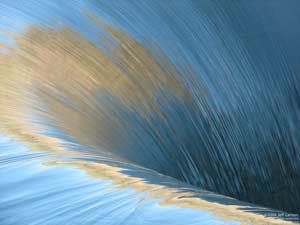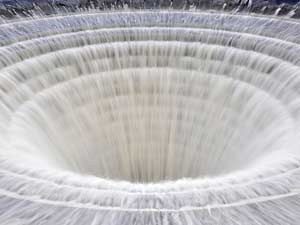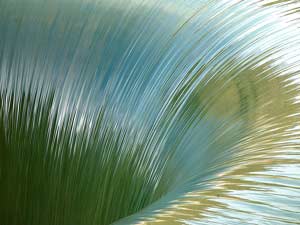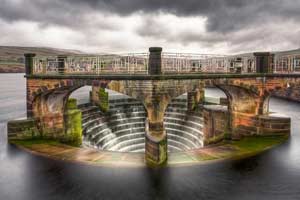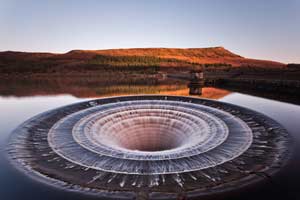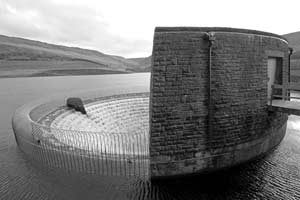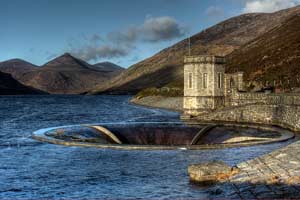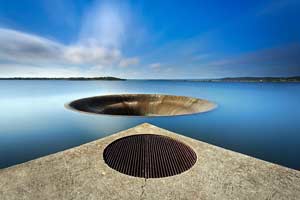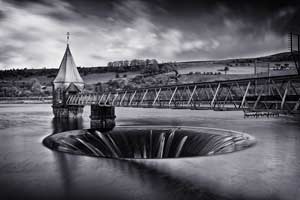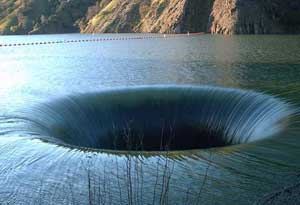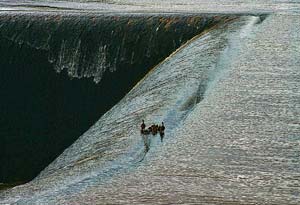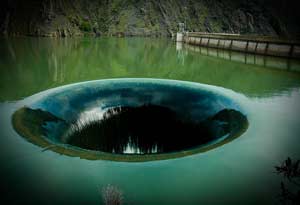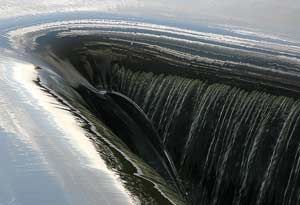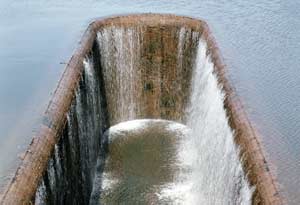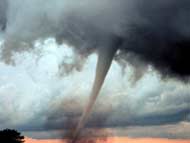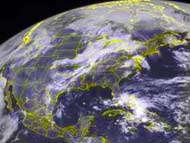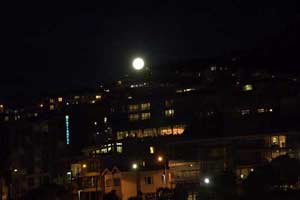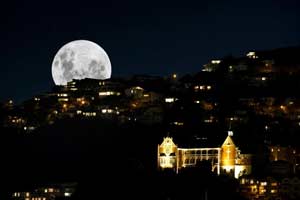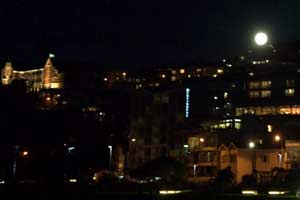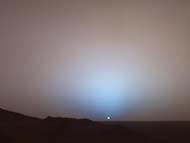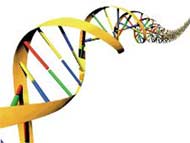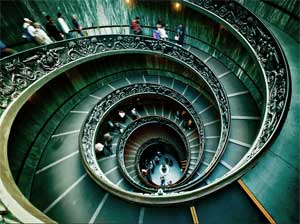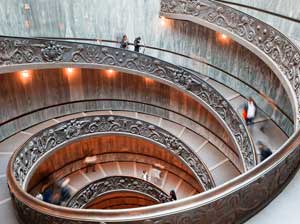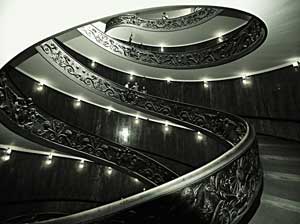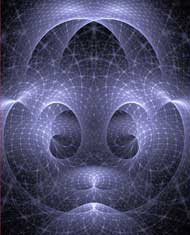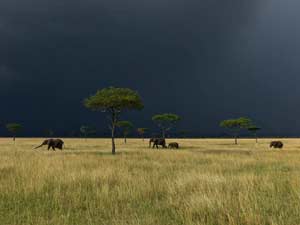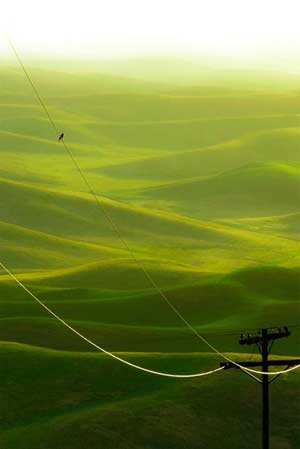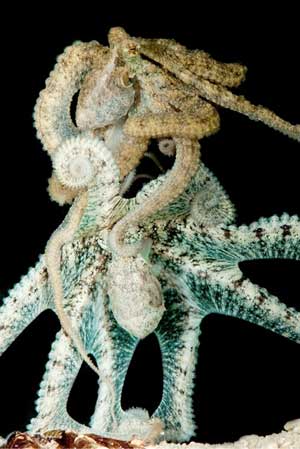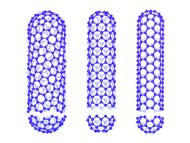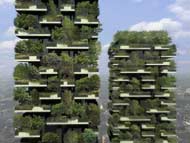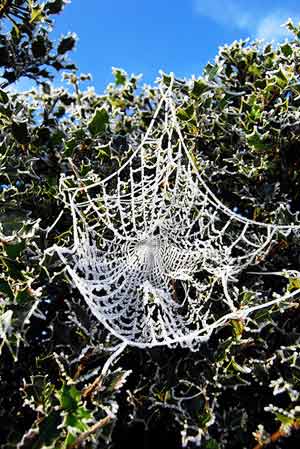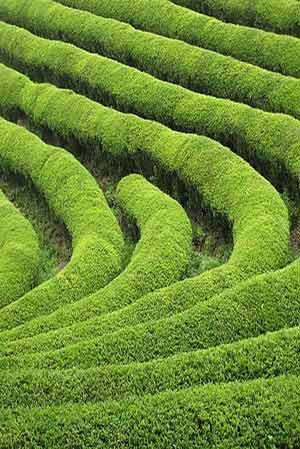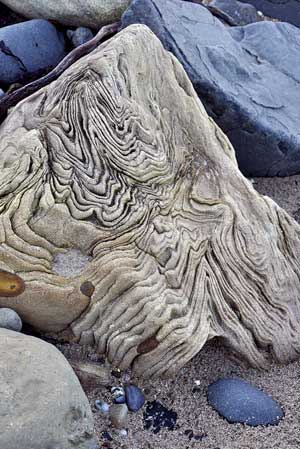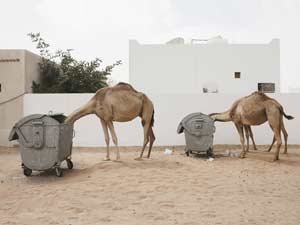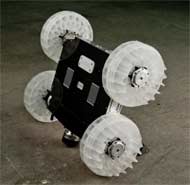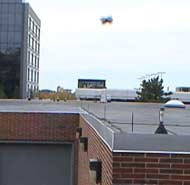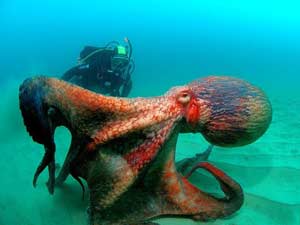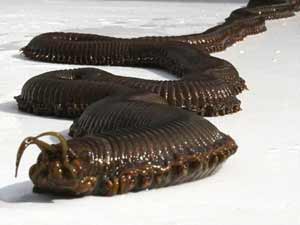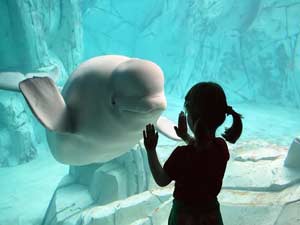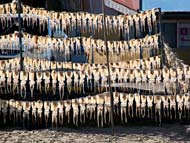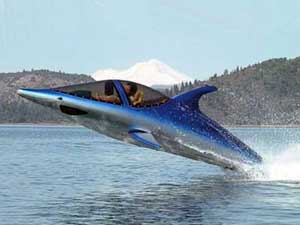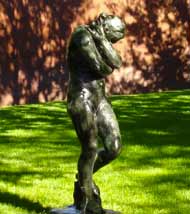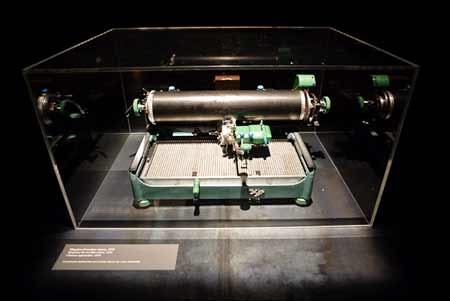|
|
You wouldn’t know it, not right away, but there is something strange about this picture. It’s a sunset, yes, but notice the blush of colour right above the sun — it’s blue. And as you look up, the blue fades into a faint rose or pink. Why? Because it’s not on Earth. This is a Martian sunset. On 19 May 2005, the camera on NASA’s rover, the one named Spirit, took this picture while sitting in the Gusev crater. On Earth, the air is mostly nitrogen and oxygen. There’s also moisture, dust particles, smoke, aerosols, pollen, and salt (from the ocean). The atmosphere on Earth is denser. Martian air, by contrast, is much thinner — about 1% the density of air on Earth — plus the gases are different: there’s CO 2, nitrogen and argon, but most important, air on Mars is rich with teeny, teeny particles of dust. When the sunshine on Mars hits clouds of fine dust floating through the air, it breaks into different colours. Martian dust is exactly the right size to absorb the blue wavelengths of light and scatter red wavelengths all over the sky. That’s why, if you stand on Mars and look away from the setting sun, most of the sky is rosy pink and various shades of red. On Mars, the beams of light streaming toward you, having lost their red waves, show the wavelengths that haven’t scattered off. That remaining light is predominantly blue. So when you look straight at the sun on Mars, you see a haze of blue. Look away from the sun, and the light is red. It’s exactly opposite on Earth. If you happen to be camping out on Mars and see an intense blue sunset like the one in the video, though, make sure the wind isn’t blowing in your direction because, within a few hours, a sandstorm might blow your tent down. Via Andrew Sullivan. |
 Animals
Animals Animation
Animation Art of Playing Cards
Art of Playing Cards Drugs
Drugs Education
Education Environment
Environment Flying
Flying History
History Humour
Humour Immigration
Immigration Info/Tech
Info/Tech Intellectual/Entertaining
Intellectual/Entertaining Lifestyles
Lifestyles Men
Men Money/Politics/Law
Money/Politics/Law New Jersey
New Jersey Odds and Oddities
Odds and Oddities Older & Under
Older & Under Photography
Photography Prisons
Prisons Relationships
Relationships Science
Science Social/Cultural
Social/Cultural Terrorism
Terrorism Wellington
Wellington Working
Working Zero Return Investment
Zero Return Investment